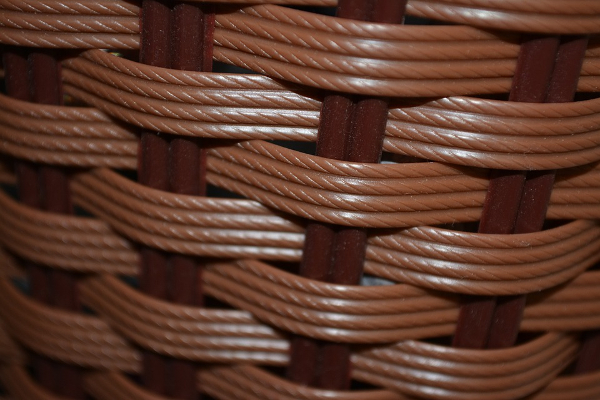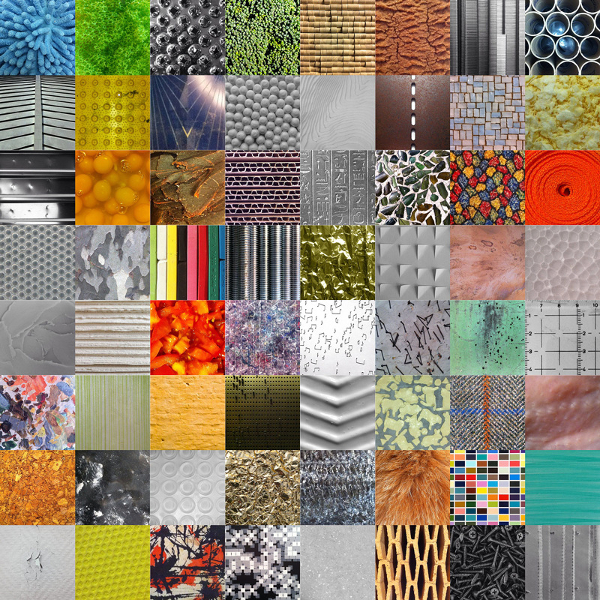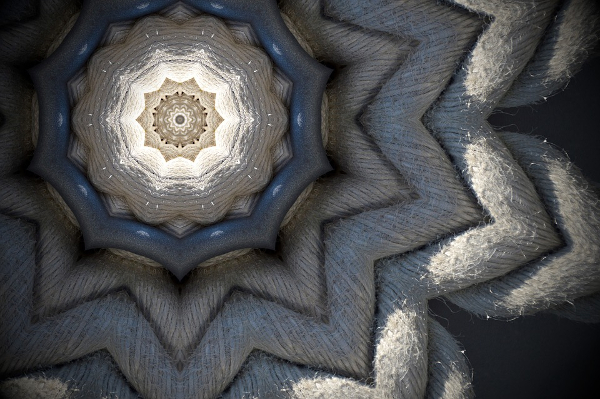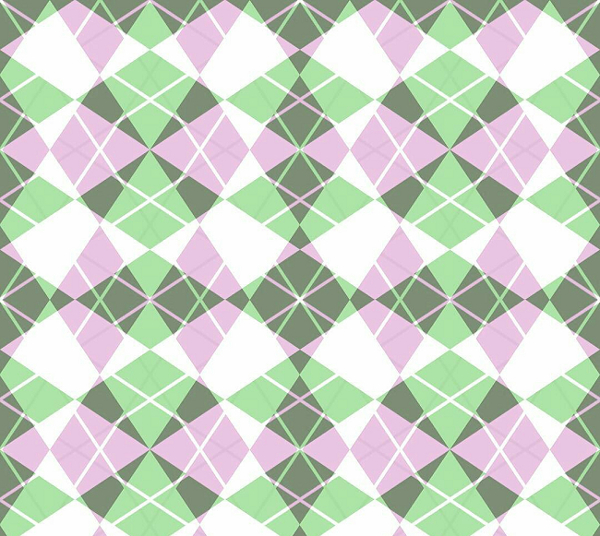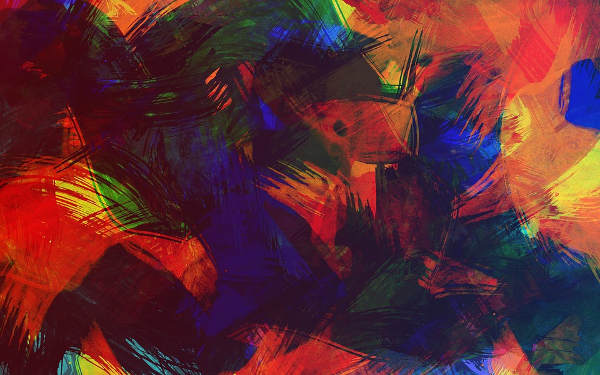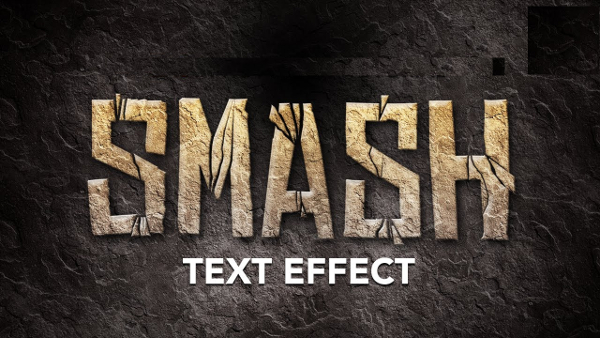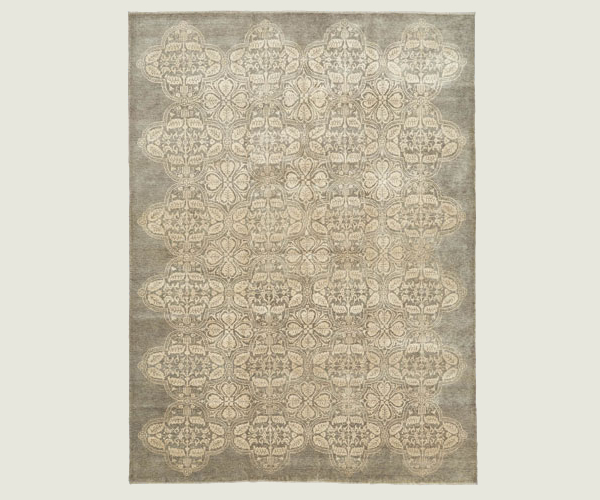Top 7 Benefits of Adding Patterns and Texture to Graphic Design Work
Today we have a submission post! This is a very helpful and well-written article about Adding Patterns and Texture to Graphic Design by Andrea Ross. Definitely try some of these stunning designs on your own work!
Top 7 Benefits of Adding Patterns and Texture to Graphic Design Work
There is a lot of work that goes into great design than meets the eyes. Designers work extra hard to create compelling, impressive and professional visuals. This task almost always begins with selecting and integrating the right patterns and textures into the design work. Whether to include these two elements or not during the design process is, of course, an endless debate. Some designers argue that the best design patterns are only those that match the interest of a developer while others believe that customers are often the ones to decide whether these elements are necessary for design or otherwise.
Design, as you already know, is a broad field. Professional designers like to think that design is an expanding framework with hundreds of thousands of possibilities. As the field continues to expand, the aesthetic options to choose from continue increase, and the use of texture and patterns is no exception. The question, though, is what exactly are the benefits of incorporating patterns and paper texture in your graphic design project?
1. Texture and Patterns Add Organic Life to Designs
Natural patterns and textures will add a natural look and feel to your design pattern. All of this, while also maintaining the beauty of your creativity. There aren’t limits to the patterns that you can use because the options are limitless. And of course, there are extremely useful natural textures that you can pick from any corner of the world around you and incorporate them into your project. The preliminary goal of using patterns and texture to infuse organic life to your design is to create a warm, welcoming, and attention-grabbing look. The best way to add life to any design pattern is to pick the right elements, and then do a proper mixing and matching to achieve a natural design quality.
2. Patterns and Textures are Necessary for Experimental Designs
Patterns and texture have provide large arrays of imagery that will add experimental design to your project in a way colors alone never can. It is important to understand that close to 90% of patterns and textures are human-generated. That means they are creative approaches borrowed directly from the mind without the involvement of any technical aid. It means coming up with unique ideas that can make your graphic design work more appealing. The broad spectrum of the elements includes those prepared during photography, hand drawing, and sometimes, three-dimensional designs. Other useful textures and patterns options that can create great, compelling graphical composition include artificial geodes, crumpled paper, and washed-out textiles.
3. Patterns and Textures Often Add Visual Intrigue to any Graphic Design Project
The reason why it is a good idea to add texture and patterns to your graphic work is they create a glossy attraction that can attract the attention of your viewers. Besides describing the physical surface of an object, patterns and textures often create a certain feel, which often draws the physical and mental attention of the viewers toward the design.
4. Textured Graphics are Essential for Immersive Designs
If you would like to create designs that can make viewers see the effects of true immersion, you should consider incorporating texture and patterns into your projects. Whether the immersion of visual textures is necessary or optional is a matter of opinion. At the end of the day, however, immersion can add amazing effects on your graphic design work; so amazing, in fact, that it will bring depth and relevant details to your artwork. You must have noticed that among the many posters that you’ve come across, there can’t miss a number that that unique, professional immersive textures induced on them.
5. You can use Textures and Patterns to Create Striking Backgrounds
You don’t need just colors and images to create compelling backgrounds. You can use patterns and textures, too. The elements help to create interesting backgrounds that look far more attractive than the regular background colors and images. The goal of using patterns and textures as backgrounds is not to replace images or colors but to improve designs by adding a great look and feel to an already existing model.
6. Textured Fonts Have Become Popular
Few designers, if any, know that it is possible to create a stunning art project using textured fonts. If you can learn to look beyond the default fonts and Google Font Libraries, nothing can stop you from exploring textured fonts for graphic designs. Overall, natural texture fonts require no adjustments or customization of any kind. Of course, the fonts exist in different dimensions, making them reasonably the best solution for creating visually appealing texts for your graphic design work. Premade fonts are useful and significant for a reason: they do not require any initial setup.
7. Textures and Patterns can help You Make Bold Statements
Did you know that you can combine textures and patterns to create high-quality design effects? Once you’ve selected a mix of elements that you would like to use, it should be easy to create a typographical combination of stunning variations. This can create a powerful, and bold statement without a technical design approach or composition.
Conclusion
There are many patterns and textures available for design. However, not every element or a combination will work for you. Go for options that can help you create stunning, modern designs. Your goal should be to create the best graphic design projects.Today we have a submission post! This is a very helpful and well-written article about Photography Trends to Watch by Andrea Ross. Definitely keep an eye out for these and maybe try some of them for yourself!

